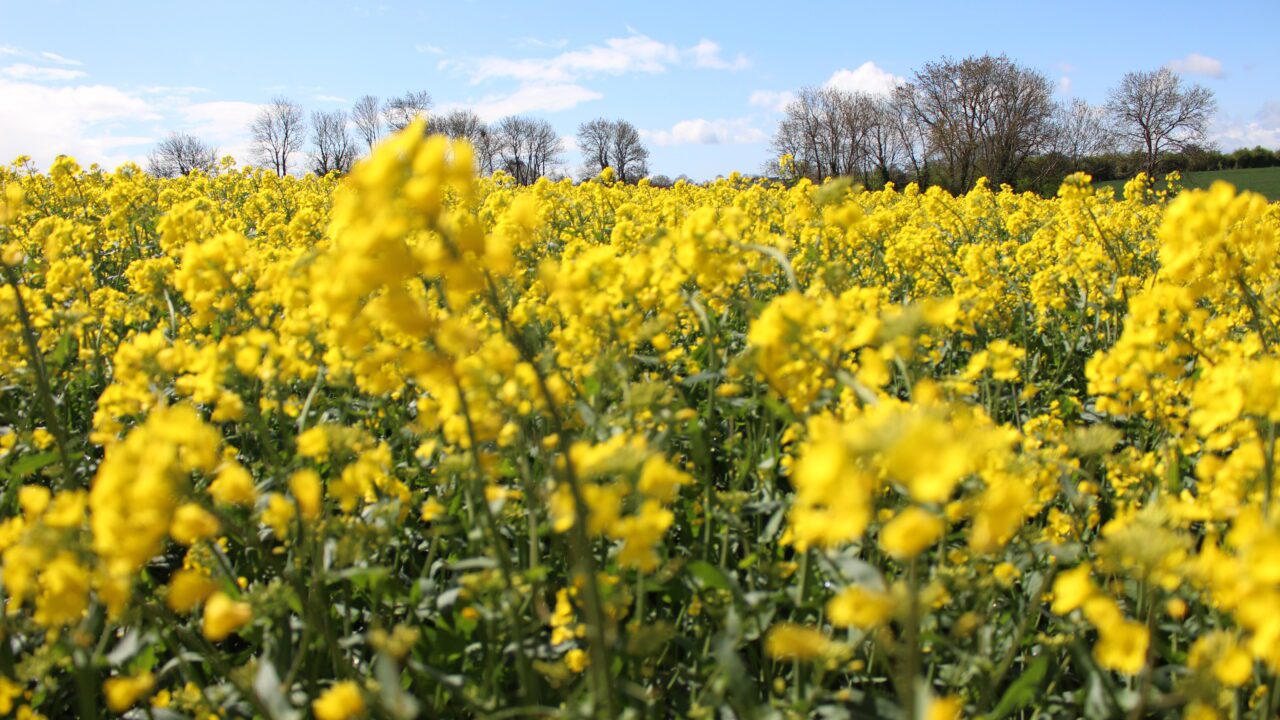Planting for the new winter oilseed rape season will get underway over the coming days. It is an opportunity for growers to look to the future and the harvest of 2024.
According to Teagasc tillage specialist, Shay Phelan, the outcome of the 2023 rape harvest constituted a mixed bag for many growers.
“Some farmers got on well and were very happy with winter oilseed rape this year,” he said.
“But some people were less so. Rape wasn’t immune to the weather conditions that impacted on all crops throughout the 2022/2023 growing season.
“Some grower achieved over 5t/ha while for others it was a case of yields coming in at 3t/ha. Some growers were a little bit annoyed at the performance of those poorer crops.”
Phelan pointed to the impact of clubroot on the performance of some rape crops in 2022/2023.
Coming closer to harvest, a number of crops become over ripe with losses ensuing. Pod shatter and losses at the head would also have been a factor on many farms at the last harvest.
“In some cases pod numbers weren’t that large last season. This may have been a result of the poor weather experienced by many crops while flowering,” he continued.
“So there was a variety of reasons as to why rape yields varied so widely this year.”
Planning oilseed rape next season
The Teagasc representative urged growers to use the experience of 2022/2023 to plan for the oilseed rape season ahead.
“There are a lot of parameters coming into play when it comes to selecting a variety. Farmers will tend put yield as their number one priority,” Phelan stated.
“But, specifically where oilseed rape is concerned, there are other factors, which growers should be looking out for. Light leaf spot resistance is a case in point. This is a disease that can reduce yield significantly.
“And there are differences between varieties regarding their resistance to light leaf spot.
“Another agronomic trait worth looking at is pod shatter resistance. Certainly there were a lot of losses around the head within many crops harvested this year.”
He explained that pod shatter resistance is a trait that is becoming more common in new oilseed rape varieties.
The clear advice from Teagasc is that winter oilseed rape should be planted out before the end of August, particularly the further north the location of the crop.
